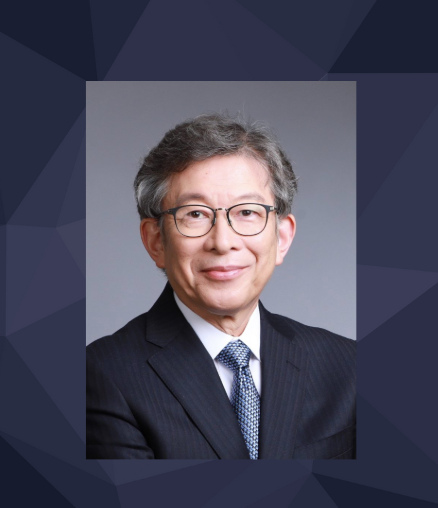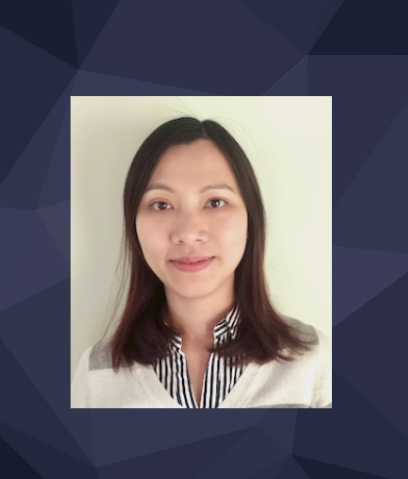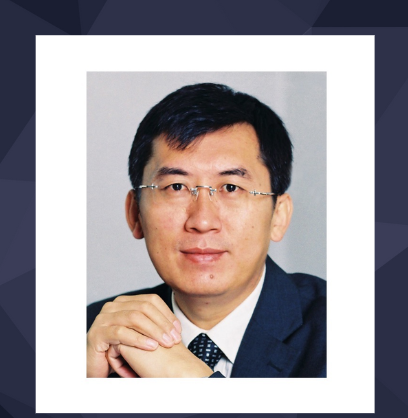Young Scholar TechTalk – HOF2 – Interact with Device through Simple and Robust Hand-Over-Face Gesture
Mobile devices have been like an extended part of ourselves, but can we really operate a mobile device just as naturally as how we control our fingers or body? We present HOF2, a novel input modality that uses simple gestures over your face to interact with your device. Unlike other gesture-based modalities, HOF2 is highly robust and can avoid false triggering caused by many unconscious gestures like scratching or wiping, while is still easy, comfortable and natural to use. Moreover, HOF2 is highly available and can be implemented on any mobile phone/tablet/computer with a single camera and without remote servers. In this TechTalk, we will present a live demo on iOS/iPadOS demonstrating the performance of HOF2 scheme in practice and explore some real-life use cases such as virtual conferencing, selfie, or TV controller. We believe there are far more possibilities waiting to be explored with this novel interaction scheme.










